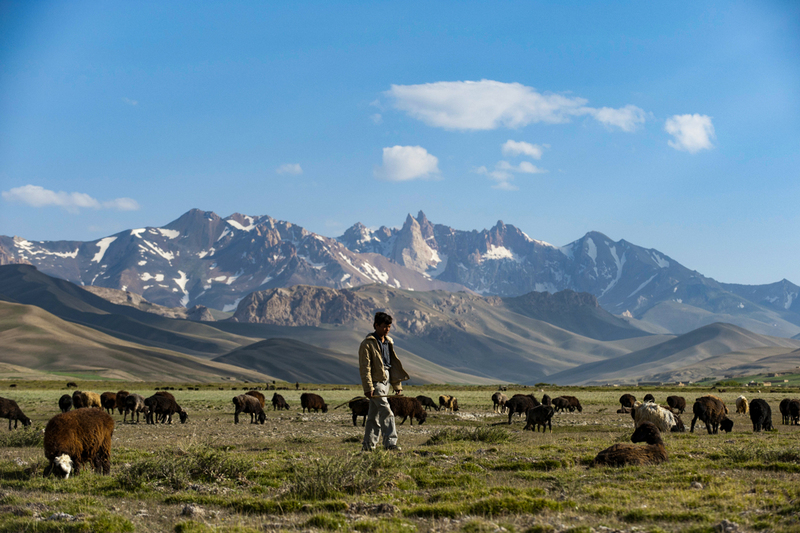|
 Kathmandu, 3 April: The UN Capital Development Fund, UNCDF, is partnering with the International Centre for Integrated Mountain Development, ICIMOD, for coordinated action on adaptation to the impacts of climate change in the highly vulnerable Hindu Kush Himalaya (HKH). This mountainous region, which includes Afghanistan, Bangladesh, Bhutan, China, India, Myanmar, Nepal and Pakistan, is the highest on the planet and temperature rises are already having devastating consequences on the environment and communities that live there. Current impacts include extreme water insecurity, rapidly melting glaciers and worsening floods and droughts. Kathmandu, 3 April: The UN Capital Development Fund, UNCDF, is partnering with the International Centre for Integrated Mountain Development, ICIMOD, for coordinated action on adaptation to the impacts of climate change in the highly vulnerable Hindu Kush Himalaya (HKH). This mountainous region, which includes Afghanistan, Bangladesh, Bhutan, China, India, Myanmar, Nepal and Pakistan, is the highest on the planet and temperature rises are already having devastating consequences on the environment and communities that live there. Current impacts include extreme water insecurity, rapidly melting glaciers and worsening floods and droughts.
UNCDF is the United Nation’s flagship catalytic financing entity for developing and least developed countries. Catalytic financing involves leveraging public finance to attract, or catalyse, further investments from the private sector, primarily for development projects. Such financing also aims to mitigate risks, distribute risks among multiple investors, aggregate small projects to combine resources, and endorse public–private co-investments.
This agreement is to be implemented through the Local Climate Adaptive Living Facility, or LoCAL, which was designed by UNCDF over ten years ago and is today a global mechanism for channelling climate finance to local governments for adaptation at the community level.
ICIMOD, established in 1983 and based in Nepal, works to harness collective strengths of its eight regional member countries and address issues that affect the entire region, including the impacts of climate change.
“We’re delighted to be joining forces with ICIMOD to scale up our adaptation activities in the Hindu Kush Himalaya,” said Sophie De Coninck, Global Manager, Local Climate Adaptive Living Facility, UNCDF. “This is a region that is highly vulnerable to the impacts of climate change but where greater cooperation can, we believe, deliver impactful results for communities across the region.”
“At ICIMOD we are thrilled to be collaborating with UNCDF on this important and timely venture,” says Pema Gyamtsho, Director General of ICIMOD. “Targeted climate adaptation is key to improving the lives and livelihoods of the millions of people living in the HKH, and the many more who rely on water and other resources from this region. We’re hopeful that this partnership will focus our combined efforts on developing sustainable solutions for the region.”
The memorandum of understanding signed between UNCDF and ICIMOD aims to enhance collaboration and cooperation of technical assistance and support to Hindu Kush Himalaya countries concerning climate change adaptation and mountain development, particularly at the local level, with a five-point focus:
Promoting awareness and cooperation
Technical collaboration
Capacity development Knowledge development
Joint resource mobilisation
The Hindu Kush Himalaya region is home to many highly fragile ecosystems, immense biodiversity, and unique communities. Climate change and rising global temperatures, linked to greenhouse gas emissions, are exerting enormous pressure on the region and the way of life of the people who live there.
|
